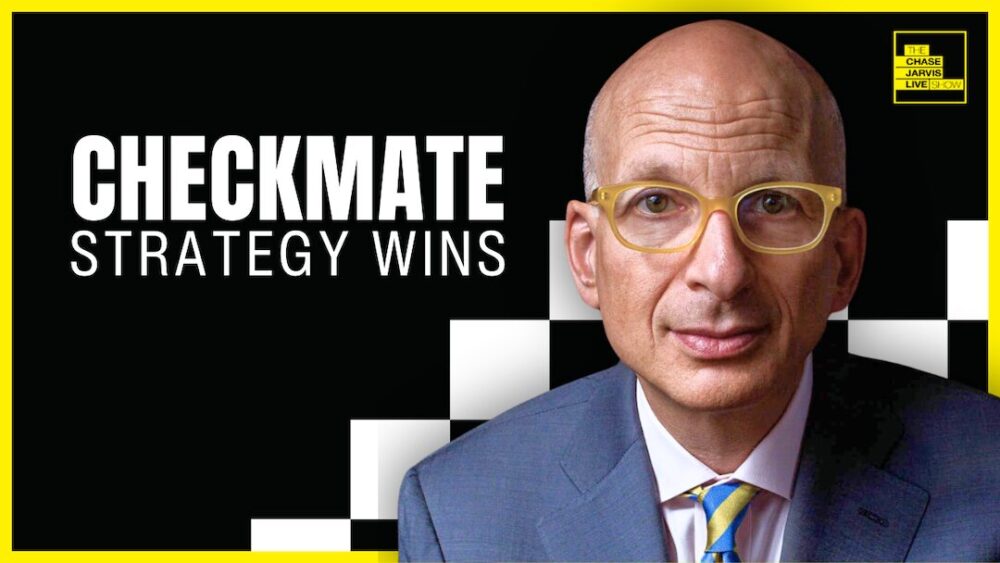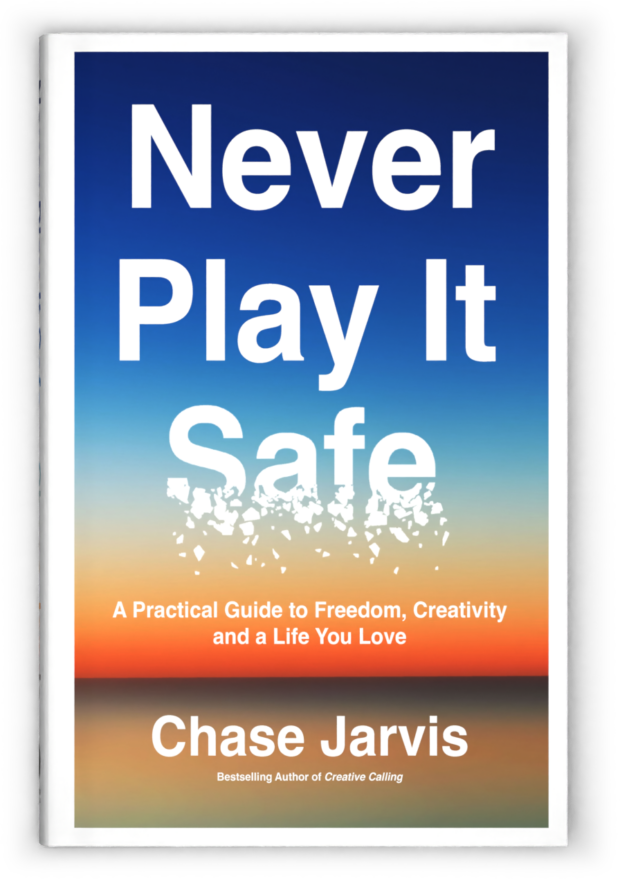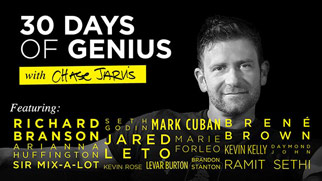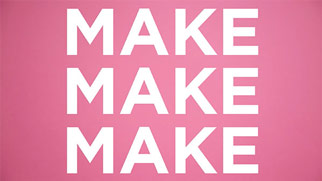
He is one of the most brilliant and generous minds of our time. If you’ve spent any time in the worlds of marketing, entrepreneurship, or creative work in the last two decades, you have been influenced by the work of Seth Godin. He’s a revolutionary thinker who has a unique gift for seeing the world not just as it is, but as it could be. He’s the person who taught us about permission marketing, the idea that real connection is built on trust, not interruption. Long before anyone else, he saw that the future belonged to those who could earn the attention and goodwill of their audience.
Seth is the author of more than 20 bestselling books, including modern classics like Purple Cow, Tribes, and The Dip. These are not just books, they are manifestos that have reshaped how we think about making and sharing our work. He founded Yoyodyne, one of the first internet marketing companies, and sold it to Yahoo! in the late 90s. He later founded Squidoo, a massive user generated content platform. Through his daily blog, which he has written for well over a decade, he shares a constant stream of wisdom that challenges us to be better, to think deeper, and to do work that matters.
I’ve been following Seth’s work for what feels like a lifetime, and he’s been a massive inspiration to me personally. I was honored to host him here in New York for an episode of the “30 Days of Genius” series on CreativeLive. We sat down for an hour to unpack his brain, and as always, he delivered. We talked about everything from the broken education system to the secret to unlocking the genius that lives inside every single one of us. His insights are always profound because they are simple, but they are never easy. He asks us to do the hard work of showing up and taking responsibility for the change we want to make in the world.
Seth’s ideas are not just theories, they are tools you can use right now to change your career and your life. Here are a few of the concepts from our conversation that have stuck with me, and how you can apply them.
Dance With the Fear
Seth reminded me of a powerful truth: “the person who invented the ship also invented the shipwreck.” Every creative act, every entrepreneurial venture, comes with the inherent risk of failure. The fear that arises from this is not something to be defeated or ignored. It’s a compass. It’s a sign that you’re on the edge of something important, something that might not work. And according to Seth, that’s exactly where the magic happens. The goal isn’t to eliminate fear, but to dance with it.
- Acknowledge the Fear: When you feel that resistance, that hesitation, name it. Say out loud, “I’m afraid this might not work.” Giving voice to it takes away some of its power.
- Reframe It as a Signal: Instead of seeing fear as a stop sign, see it as a green light. It’s your brain’s way of telling you that you’re pushing boundaries and stepping into new territory, which is the entire point of creative work.
- Take the Smallest Step: You don’t have to conquer the world in a day. Just do one small thing that feels risky. Send that email. Publish that blog post. Share that photo. Let the “unlimited bowling” of today’s digital world allow you to take more shots.
Ask, “What Is It For?”
We all have that toxic internal monologue, the one that asks, “What will happen if I do this?” It paralyzes us with a million worst case scenarios. Seth offers a more powerful question: “What is it for?” This simple question shifts your focus from the uncontrollable outcome to your controllable intention. It forces you to align your actions with your purpose. If you know why you’re doing something, you can find the courage to do it, regardless of the outcome.
- Define Your Intention: Before you start your next project, write down in one sentence what it’s for. Is it to connect with a certain community? To learn a new skill? To make someone smile?
- Measure Against Your Purpose: When you feel lost or discouraged, return to that sentence. The project is a success if it fulfills its purpose, not if it gets a certain number of likes or makes a certain amount of money.
- Align Your Work and Your Why: Look at the work you are actually doing. Does it match what you say it’s for? If you want to be a world famous architect, are you designing buildings that push the envelope, or are you just making standard single family homes? Be honest with yourself and close the gap.
Do Work That Would Be Missed
In a world crowded with noise, how do you know if your work matters? Seth offers a beautifully simple metric: “Would they miss you if you were gone?” This isn’t about your ego. It’s about service. Are you creating something so valuable, so generous, so essential for a specific group of people that its absence would leave a void? This is the definition of permission marketing, of mattering. It’s not about hustling for attention, it’s about earning it by creating genuine value.
- Serve Your Smallest Viable Audience: Stop trying to please everyone. Who is the one group of people you are trying to change or connect with? Focus all your energy on serving them.
- Create Generously: Pour your heart into your work. Make it so good and so helpful that people feel compelled to share it. Build something that doesn’t work unless it is shared.
- Listen for the Silence: If you stopped posting, emailing, or creating for a week, would anyone notice? If the answer is no, you don’t have permission yet. It’s a sign that you need to focus more on creating undeniable value before you worry about growing your reach.
PS – If you’re looking for a guide to help you build the life and career you’ve always wanted, the Seven Levers for Life is a free 7-day email course on just that.





















